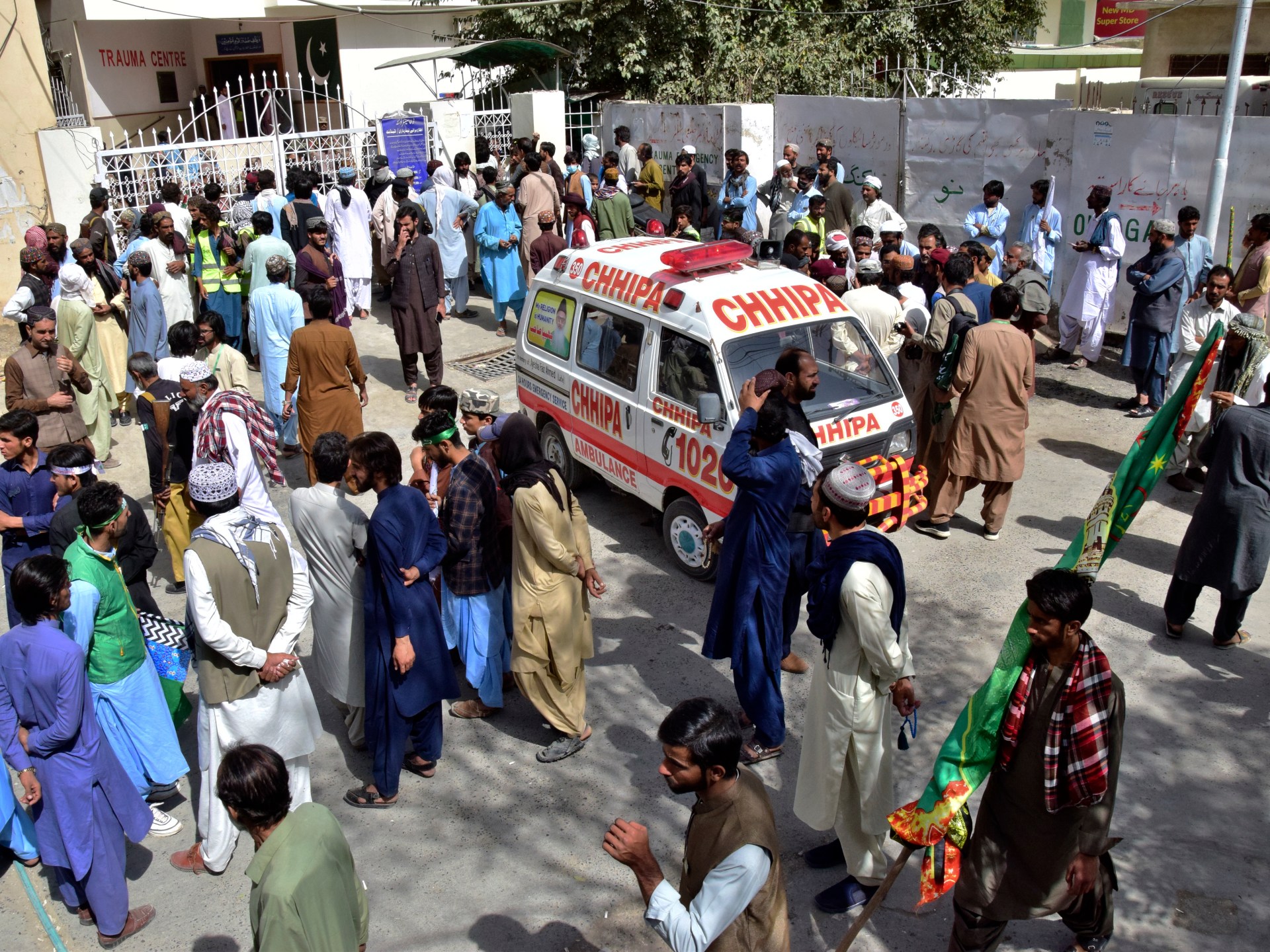
What explains the dramatic rise in armed attacks in Pakistan?
Al Jazeera
Pakistan’s two border provinces have seen 93 percent rise in attacks since the TTP ended ceasefire last year.
Islamabad, Pakistan – A recent deadly suicide attack on a military post in northwest Pakistan has raised fears of the return of armed rebellion in the country’s tribal regions that have seen a dramatic rise in armed attacks this year.
A little-known group, Tehreek-e-Jihad Pakistan (TJP), claimed the December 12 bombing in Dera Ismail Khan district of Khyber Pakhtunkhwa province, which borders Afghanistan. At least 23 soldiers were killed and another 34 injured in the car bomb attack.
The attacks by the TJP have brought back memories of the series of deadly attacks carried out by armed groups led by the Pakistan Taliban, known by the acronym TTP, in late 2000.
But why have attacks on security forces increased and how are the Pakistani government and the military planning to handle it?
The first 11 months of the year witnessed 664 attacks of varying nature and size across the country, an increase of 67 percent from the corresponding duration in 2022, according to the Pakistan Institute for Conflict and Security Studies (PICSS), an Islamabad-based research organisation.











